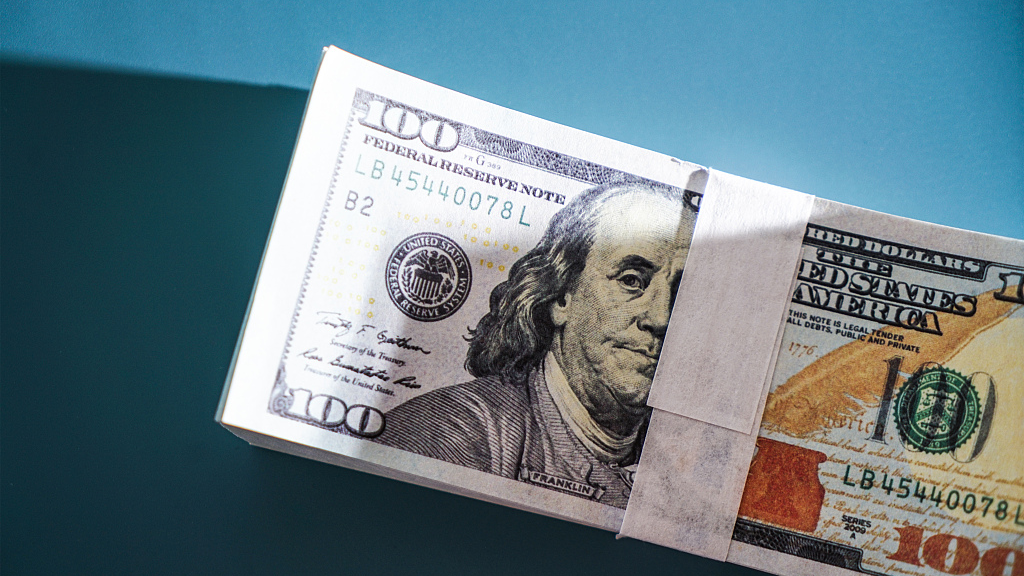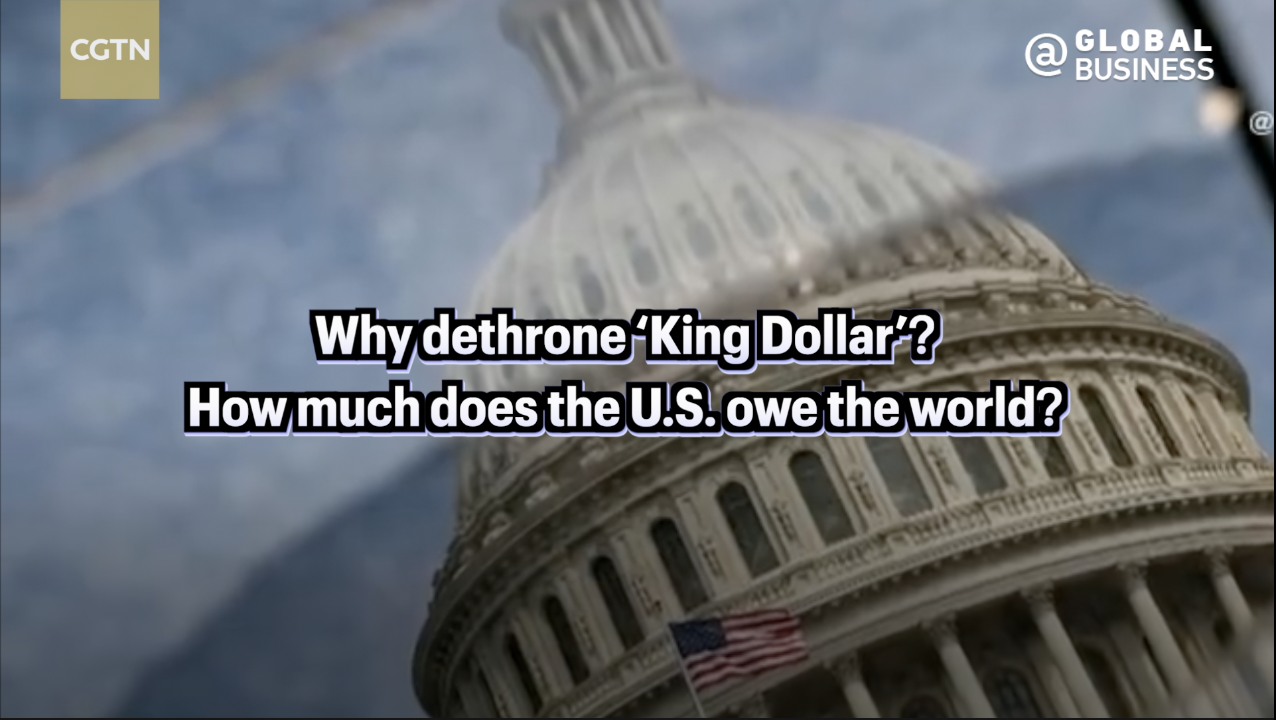The U.S. dollar has dominated global trade and capital flows for nearly eight decades since the end of World War II. However, many nations are now looking for alternatives to the greenback to reduce their dependence on the U.S., raising questions over the currency's future dominance.

More Countries are Reducing Dollar Dependence
Faced with economic sanctions led by the U.S., Russia has since promoted alternative financial infrastructures. But it's not just Moscow.
China and Malaysia announced this week that they were open to discussing the creation of an Asian Monetary Fund to reduce reliance on the U.S. dollar. Malaysia's central bank is working on a trade settlement mechanism in local currencies. This is only the latest in a growing trend.
India and Malaysia announced over the weekend that they have abandoned trading in U.S. dollar and can now settle in Indian rupee. India also said it would offer up its currency as an alternative to the U.S. dollar for countries struggling with dollar shortages.
Saudi Arabia said that the oil-rich nation is open to trading in currencies besides the U.S. dollar for the first time in 48 years.
More than 60 nations and regions have now accelerated efforts to reduce dependency on the dollar, according to CNN's incomplete statistics.
Read more:
Countries increasingly push for de-dollarization
01:16

Why Dethrone 'King Dollar'?
At the heart of these de-dollarization initiatives is the fear that the U.S. could someday use the power of its currency to target other countries the way it has sanctioned Russia, according to Hong Hao, chief economist at GROW investment group.
Gita Gopinath, the IMF's first deputy managing director, warned of gradual dilution of the U.S. dollar after the sweeping financial sanctions on Russia, reported the Financial Times last March.
Gopinath noted that the dollar's share of international reserves had fallen from 70 percent to 60 percent over the past two decades. About a quarter of the decline in the dollar's share can be accounted for by greater use of the Chinese renminbi, IMF data showed.
The aggressive rate hikes also sped up the de-dollarization trend as the U.S. is criticized of transferring its own risks and reaping global wealth by doing so.
To curb the country's worst inflation in 40 years, the Fed has raised interest rates nine times in a row since last March.
The United Nations Conference on Trade and Development (UNCTAD) has warned that every one percentage point increase in the Fed's interest rate would lower the economic output of other rich countries by 0.5 percent, and economic output in less developed countries by 0.8 percent over three years.
U.S. interest rate increases in 2022 alone could lead to a $360-billion loss in future income of developing countries, the UNCTAD data showed.
The U.S. debt and banking crises have made the dollar's dominance even more precarious.
The federal government hit the $31.4-trillion debt ceiling in January, greater than the total annual GDP of the U.S. last year.
The U.S. government owes trillions of dollars in debt to foreign entities including governments, central banks, companies, and individual investors. As of January 2023, America owes foreign investors about $7.4 trillion worth of its national debt, almost a quarter of total U.S. debt.
Many countries are now reducing their holdings of U.S. Treasury bonds. In 2022, it was reduced by $425.9 billion.